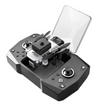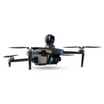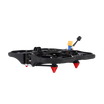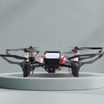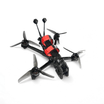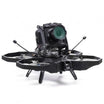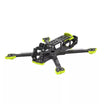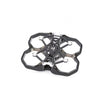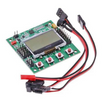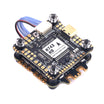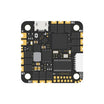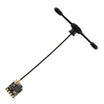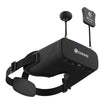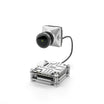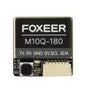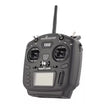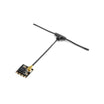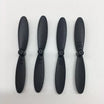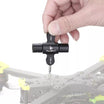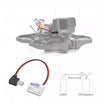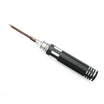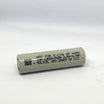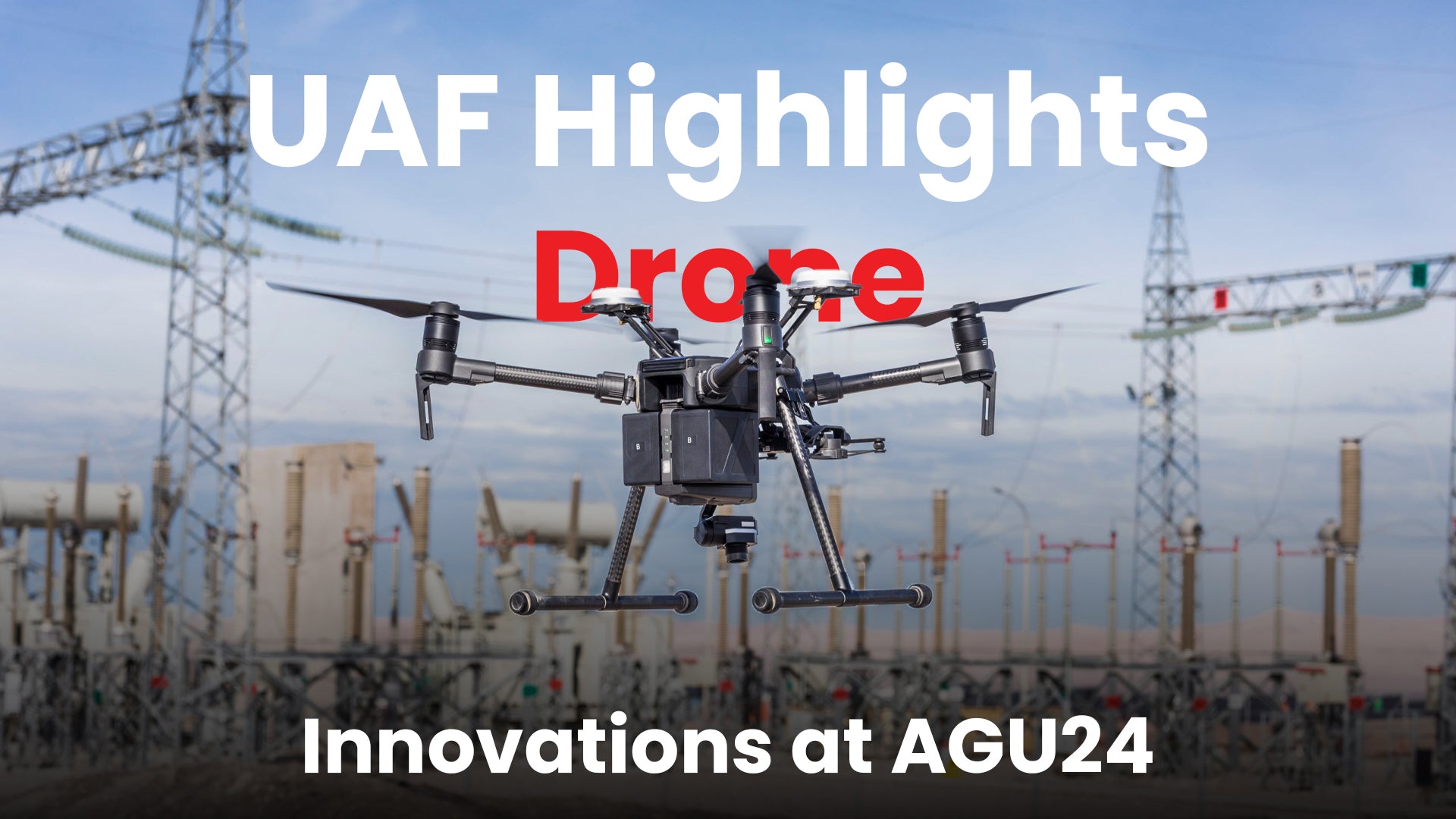In modern military operations, drones have become a game-changer, providing unique advantages and reshaping the way defense strategies are implemented. From precision targeting to vital intelligence gathering, drones have showcased their potential in numerous successful missions.
Below, we explore specific case studies that highlight the effectiveness of drones in defense while shedding light on the broader implications of their use.
3 Successful Use Cases of Defence Drones
Let us discuss the success of defence drones in the modern world.
Targeted Attacks in the Counterterrorism Campaign
One of the earliest widespread uses of drones for precise targeting was during the War on Terror. These unmanned systems allowed forces to neutralize high-profile threats without endangering personnel. Drones, for example, played a significant role in the killing of important terrorist figures in Yemen, Pakistan, and Afghanistan.
Drones disrupted terrorist networks and averted possible attacks by obtaining real-time intelligence. Their exceptional observation features allowed them to hover covertly above target locations, guaranteeing precise and timely strikes. Despite their effectiveness, these operations also generated discussions about sovereignty and innocent casualties, two topics that are still crucial to drone warfare ethics.
Fighting ISIS
In the campaign against ISIS, drones played an integral role. Drones were shown to be tactically versatile in both combat and support missions during Operation Inherent Resolve. These unmanned vehicles provided real-time surveillance, identifying enemy movements and infrastructure for precise targeting.
They carried out targeted attacks on vital ISIS vehicles, supply depots, and command centres, severely reducing the group's capabilities. Additionally, their role extended to logistical support, including monitoring supply routes and aiding in rescue missions. The success of these missions underlined the ability of drones to operate in high-risk environments where manned aircraft would face severe limitations.
Humanitarian Assistance in Defence Situations
During military operations, drones have shown to be quite useful in humanitarian applications. They have provided vital supplies to areas isolated by continuing violence in conflict zones. Drones have been used, for example, to provide food, water, and medical supplies to people in remote areas.
Drones have also been used to survey damage and locate safe escape routes during natural catastrophes that are made worse by conflict. Their real-time imaging capabilities have helped rescue teams prioritize efforts, saving countless lives. These missions showcase how drones can serve dual purposes—both tactical and humanitarian—broadening their scope in defence.
Also read: Game-changing applications of drones.
Strategic Surveillance and Intelligence Gathering
Drones are the best at secretly gathering intelligence. Their surveillance skills have yielded vital information on enemy positions, movements, and tactics in a number of defence actions. Drones, in contrast to conventional reconnaissance techniques, can stay in operation for long stretches of time, guaranteeing ongoing data collecting without endangering personnel.
For instance, they have been deployed to monitor hostile areas, offering a thorough perspective of the battlefield. This intelligence has not only guided tactical decisions but also minimized risks for ground forces. The ability to assess threats from a safe distance has transformed military planning and execution.
Lessons Learned from Successful Deployments
Integration of Operations
Drone integration with other military systems has proven to be essential. Successful missions have highlighted the importance of combining drone intelligence with ground and air operations. This collaboration ensures seamless execution and maximizes the effectiveness of defense strategies.
Pay Attention to Ethical Use
Despite their notable tactical achievements, drone use has not been without criticism. The legitimacy of drone operations depends on minimising civilian losses and resolving sovereignty issues. To strike a balance between operational effectiveness and ethical considerations, clear guidelines and open decision-making processes are required.
Technological Advancement
To solve issues like signal jamming and hacking vulnerabilities, constant technological innovation is essential. Enhancements in sensors, artificial intelligence, and cybersecurity will ensure drones remain reliable and adaptable in ever-evolving combat scenarios.
Conclusion
By providing features that were previously unthinkable, drones have completely changed defence operations. Their versatility is indisputable, ranging from humanitarian assistance in crisis areas to precision targeting in counterterrorism. However, with these advancements come challenges that require careful consideration—ethical use, technological resilience, and responsible deployment.
Defence forces can improve their tactics and make sure drones continue to be an effective instrument for security and peacekeeping by taking lessons from successful case studies. As the technology continues to evolve, its potential in shaping the future of defense operations grows exponentially.

